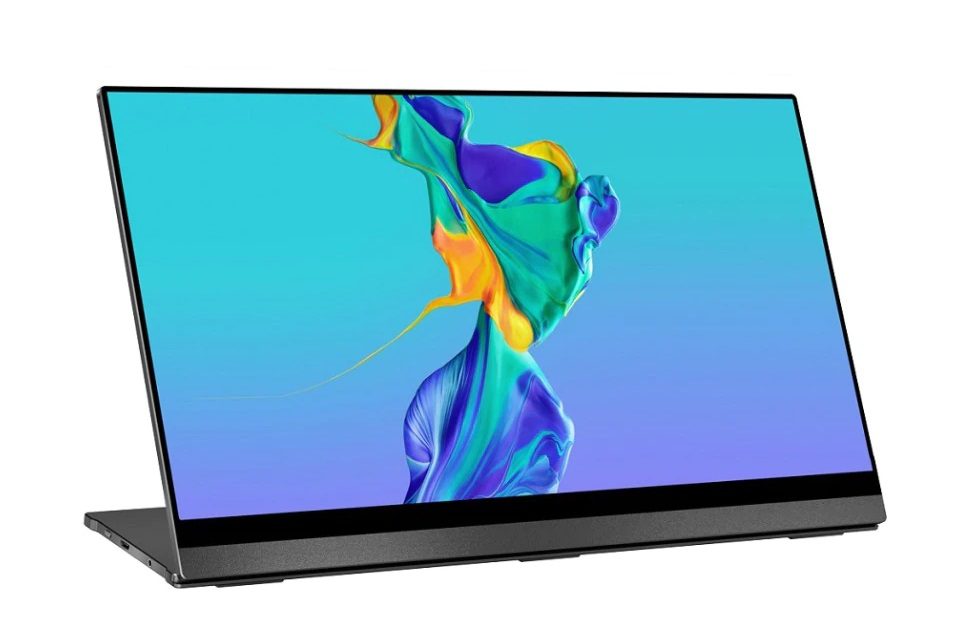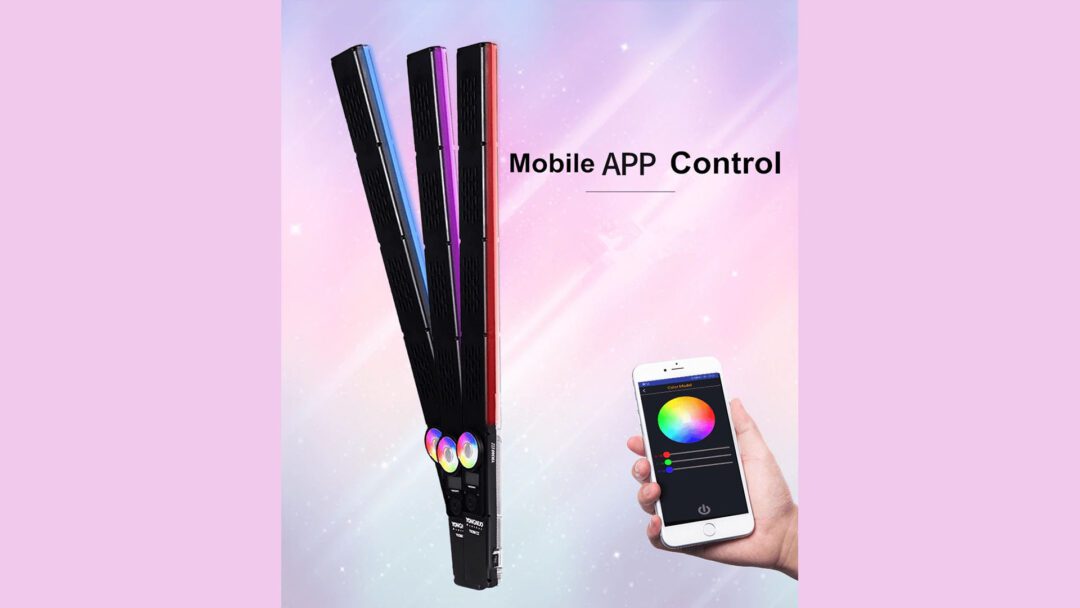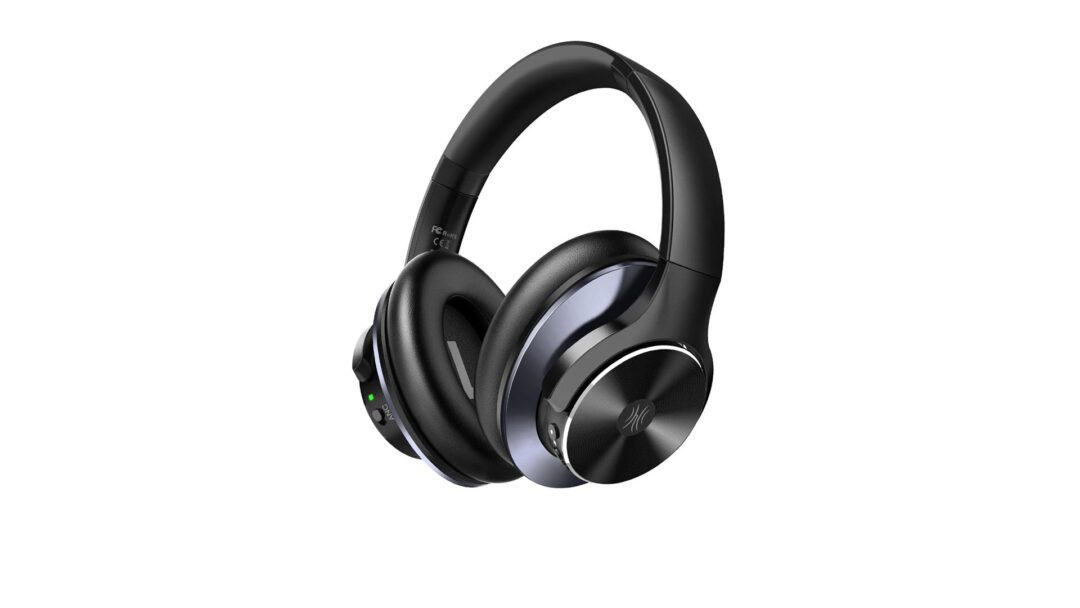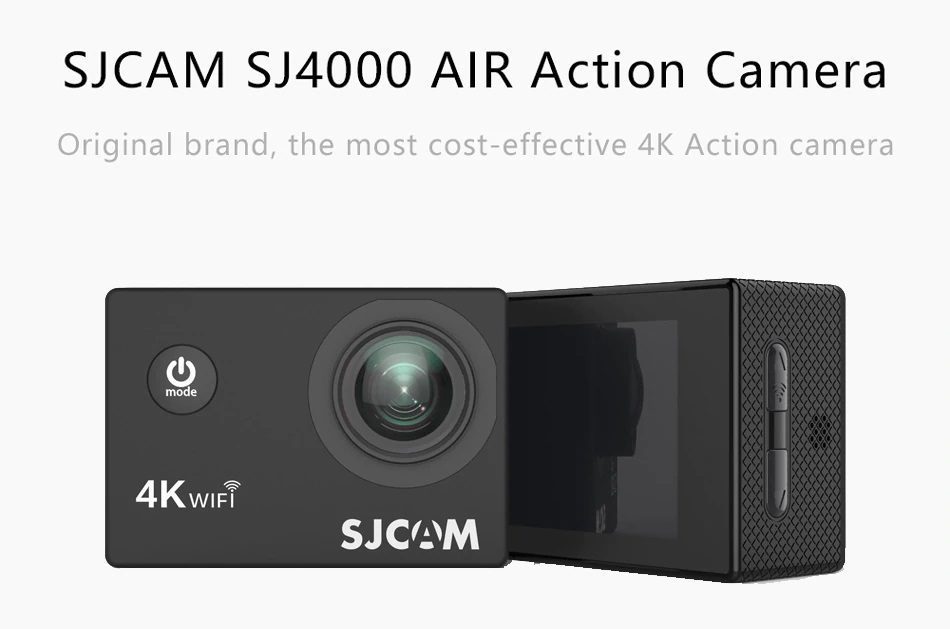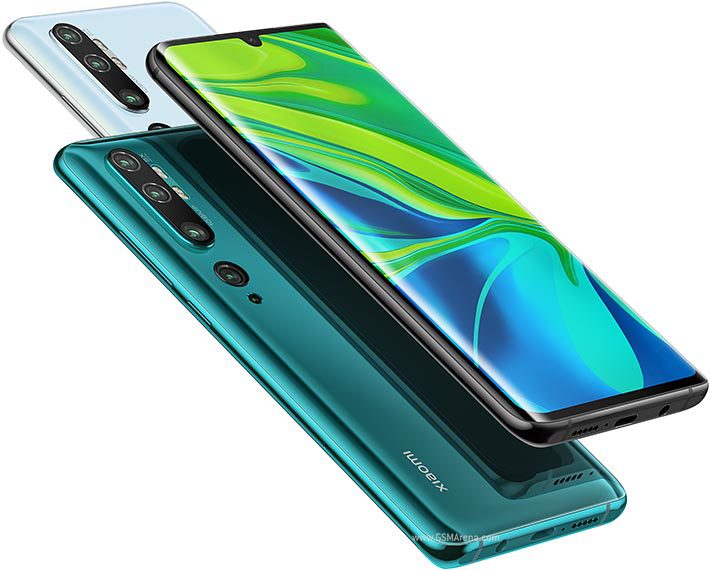

Xiaomi Mi Note 10 Review
Xiaomi Mi Note 10 is a mid-range phone with some advanced device design features. It has more cameras than perceptions and expensive looks, mounted on glass.
The 108-megapixel camera and the massive 5260mAh battery are several topics that are sure to attract some attention.
This is not the kind of gaming world you can expect in any way. Its camera is slow; there is some daily news that makes it seem lazier than it is. And while the battery is large and always good, you can expect the best power for its specifications.
There is still much to love here, but the cheaper Xiaomi Mi 9T Pro and Oppo Reno 2 would be a better choice for some.

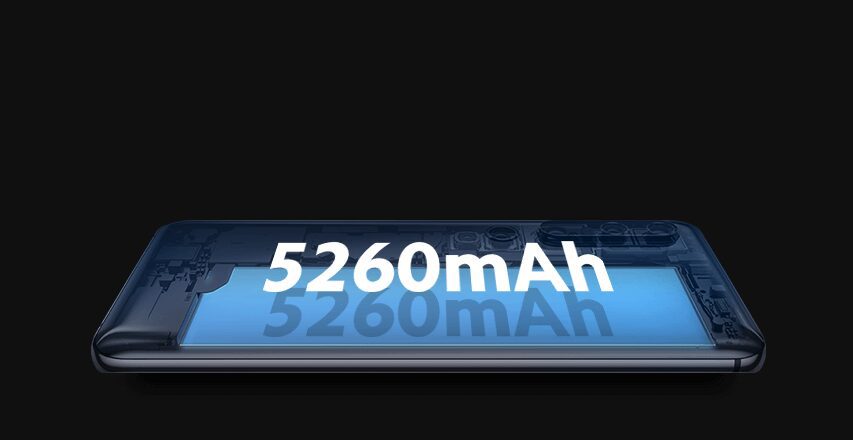
Xiaomi Mi Note 10 design
It’s almost a premium look, but the fingerprint scanner has been captured and missed
Elsewhere, the Xiaomi Mi Note 10 is made in the same way as the phone that is twice the price. Its sides are metal, and both the front and rear of the device are large pieces of stainless steel. There is no plastic border sitting between the metal and the glass, which is very rare on a phone that costs less than $ 600.
This invites comparisons regarding mobile devices such as the Huawei P30 Pro and Samsung Galaxy S10, both of which are expensive. But it is the camera house located behind the Xiaomi Mi Note 10 that you may notice first.
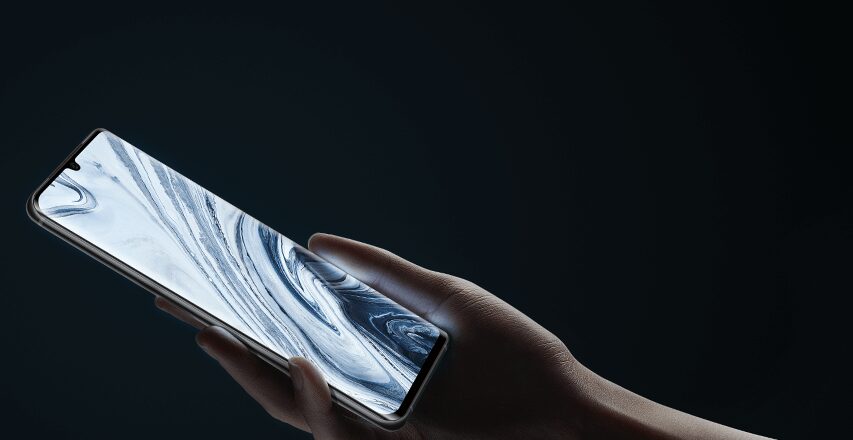
It’s big and removable, which is noteworthy so if you think the Xiaomi Mi Not 10 isn’t the first guide handset. Xiaomi has good news: the phone’s battery is important in size. But what I find in the design of the Note 10 is that the phone is made to wear a coat – the silicone case that comes in the box.
The Xiaomi Mi Note 10 feels almost incomplete without its silicone case, which smooths the camera’s carbuncle.
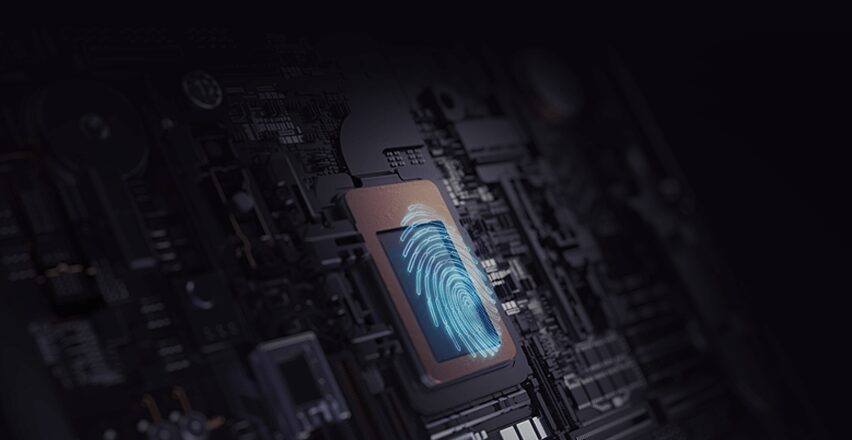
If you’re looking for a phone that looks and sounds expensive for about $ 400, the Oppo Reno 2 is arguably pulling this out of the Mi Note 10. Oppo has made that handheld look either inside or out of charge.
The Xiaomi Mi Note 10 is about curves, though it’s a shame that in case you don’t wish to let them know. Note, too, that the Mi Note 10 does not offer any water resistance. This is normal for the price, but also reminds you that the similarity of the phones twice in price is small.
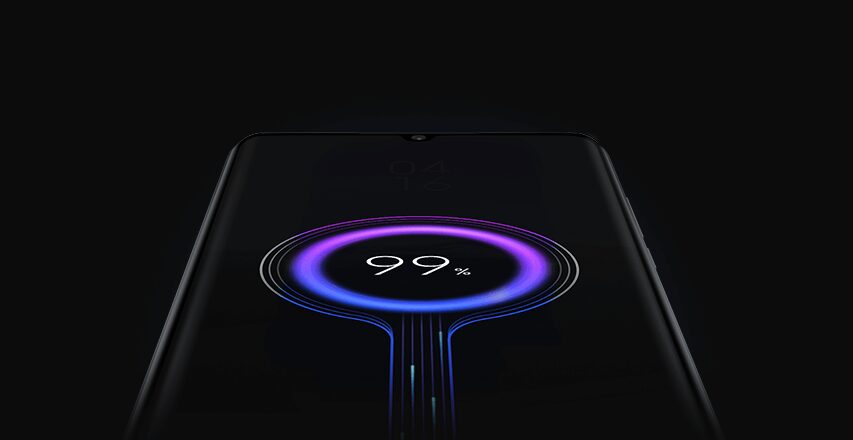
The fingerprint scanner on the screen is not nearly as good as those endless phones, either. By stressing the finger placement, it greatly affects the humidity and tends to read poorly for a good appearance, you may be able to use facial opening instead. As screen screens are more common on medium-range phones, slightly dodgy units such as these are now more common.


Its performance sinks during the week or so. While it improved slightly after re-training the scanner to see my finger, it is still a long way off. The fact that the back and sides of the scanner have been so good for years now makes it a unit here that is very annoying.
That’s bad enough for now, though. The Xiaomi Mi Note 10 feels better than any Samsung phone for the price, and you won’t find the curved front with the Oppo Reno 2.
The Xiaomi Mi Note 10 also has an IR blaster. Enables the Mi Remote app, which allows the phone to operate as a remote, sends the same instructions to your TV (as long as it’s not Bluetooth hot).
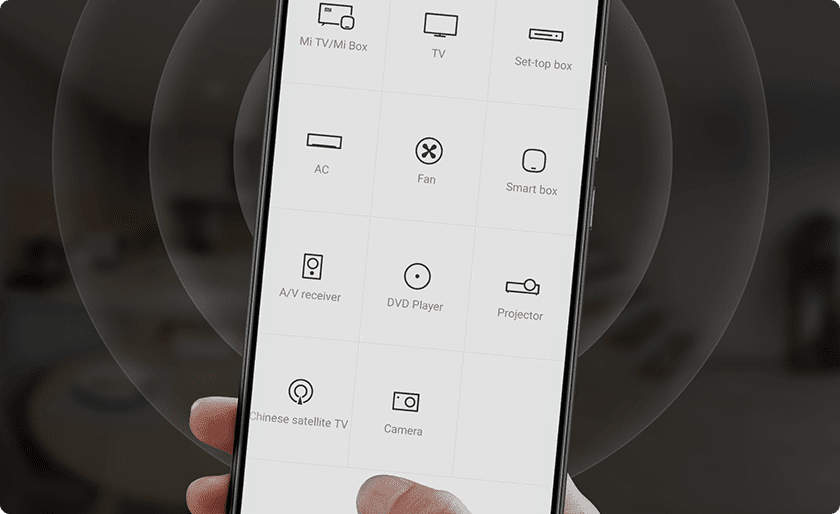

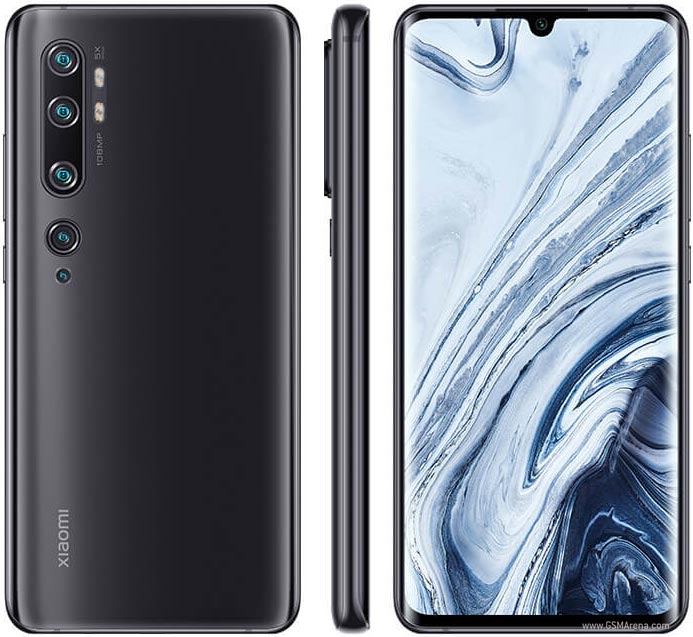
Xiaomi Mi Note 10 Screen
OLED panel with all the benefits it brings
The front-mounted camera with the most obvious feature on the Xiaomi Mi Note 10. Xiaomi features these on other phones, but here we find the standard teardrop notch.
The previous installation would have made the Mi Note 10 a full package – previously bent, uninterrupted by notes. But even the hyper-aggressive Xiaomi should establish a limit.
The Mi Note 10 has a 6.47in screen, an OLED panel with a resolution of 2340 x 1080 pixels. A very good screen for the money. You might find him great, but you won’t get much better, especially if the former curvy case pleads.

Don’t have a phone that had an OLED panel before? They provide an unparalleled contrast to a very deep color. You can choose between a very high or high natural color profile or one that changes the screen’s character based on available light.
With the Mi Note 10, I never had a problem with the auto light setting – which could be a problem for well-configured phones. Also, there is enough light – 600 claiming claims – to get the most out of bright days.
However, the Xiaomi Mi Note 10 seems to have a strange interference that makes the screen brightness for a fraction of a second when it is turned on. It’s not a disaster; a lot of confusion.
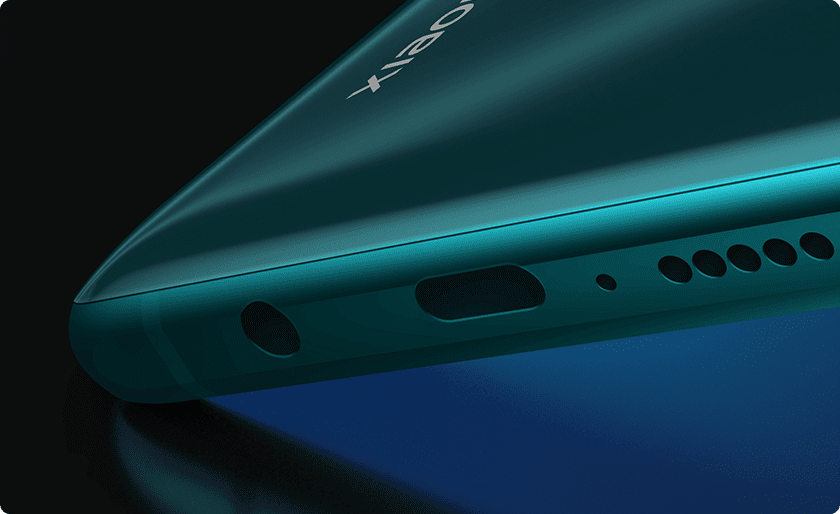
The screen is sharp, bold and rich, and it supports 1080p Netflix. HDR support is here, too – and, not surprisingly, it looks great in a room with controlled light that lets you see the light of the display.
How do your competitors compare? The Samsung Galaxy A70 screen is more generous in size, and the Reno 2 is more effective in movies because you don’t have a notch.
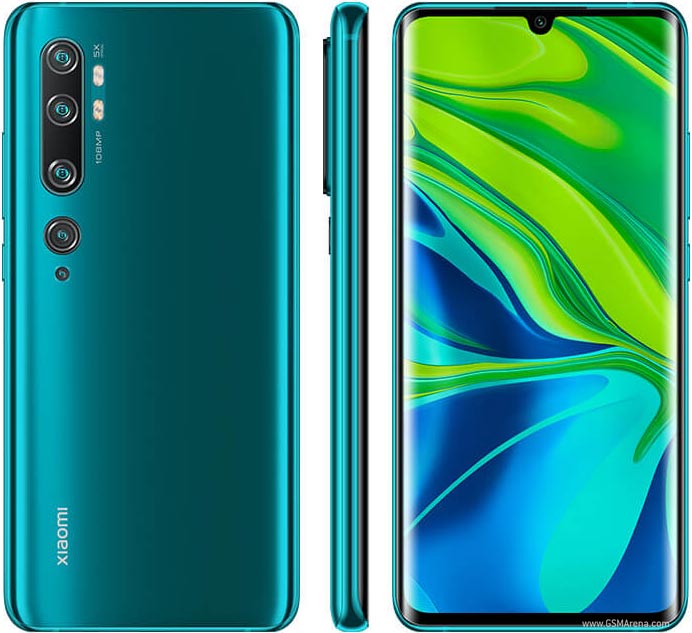


Xiaomi Mi Note 10 Software
The Mi Note 10 runs Android 9 with Xiaomi’s MIUI display. Its visual style is similar to that of Huawei; it is not as round as Samsung, and not as strong as Oppo’s.
I have no real issues with the look of the software, but customization is limited to one important aspect. No app drawer in MIUI. Any apps you install end up getting homegrown – and, unlike Huawei’s UI, there’s no option to add a dedicated app area.
Xiaomi Mi Note 10 has an extra home screen full of shortcuts such as the widget for apps and tools for Xiaomi. It helps as it sounds (not so much), and I don’t completely ignore it when I use the phone. You probably will too.
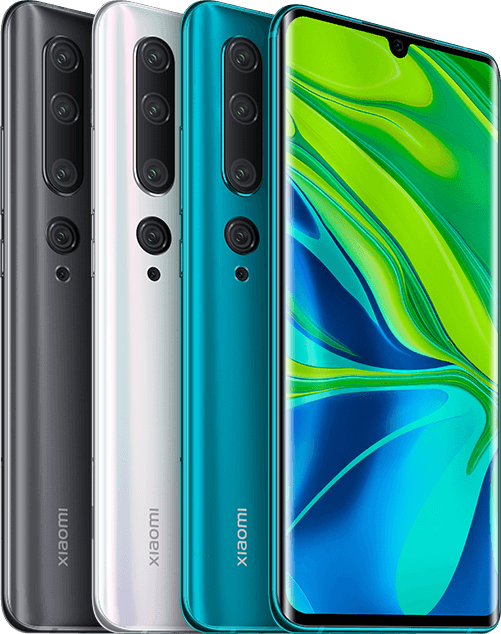
The lack of a proper app screen is pushing MIUI down in the low rungs of Android internet for me. But if you’re not sticking the same, the Mi Note 10 software is really good.
Xiaomi Mi Note 10 Performance
Not the fastest, but the best performer
The mid-range processor, the Qualcomm Snapdragon 730G, beats the heart of the Mi Note 10. It’s the same model that comes with the Oppo Reno 2; Samsung’s Samsung A80 has the same Snapdragon 730. This version “G” simply has the highest quality clock hardware for better performance in games.
With practice, this works well. You can play Ark: Survival Converted comfortably in high-quality drawings, with a resolution slider set at about 70%. PUBG works fine without being chased – just turn on anti-aliasing to get rid of jaggies.

The day-to-day performance sounds technologically sound, as you would expect from a device with a good CPU and 6GB of RAM. However, it retains the critical feel of a less reliable fingerprint scanner and the unpleasant screen-opening effect mentioned in the exhibition section of this review.
Mi Note 10 is also not the fastest phone you can get on Xiaomi for the price. Its Xiaomi Mi 9T Pro is less expensive but has a more powerful Snapdragon 855.
According to Geekbench 4 and 3D Mark, that phone has about 70% of the CPU capacity and doubles the GPU’s capacity.
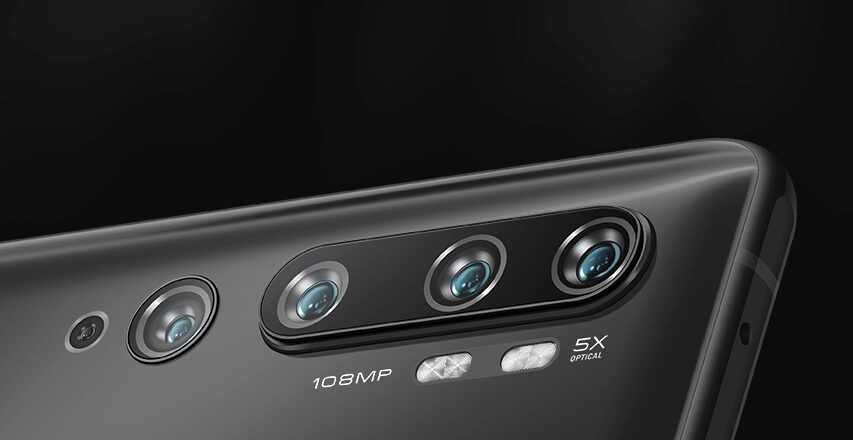
Xiaomi Mi Note 10 Camera
Punchy and interactive photos that include you taking a lot
The camera where you will find the most important news for Xiaomi Mi Note 10. Slow.
There is a full shutter in about half a second, and the image processing takes too long. The reason becomes clear by looking at technology internally.
The Xiaomi Mi Note 10 has a large 108-megapixel camera, which uses pixel binning to take out 27-megapixel images. You might argue this is better thought of as a 27-megapixel camera at the time because the Samsung S5KHMX sensor was designed to shoot at that decision, actually using an algorithm to shoot 108MP images that sound like their natural output.
Either way, there is a lot of data to process each image. The 108-megapixel shoot keeps close to 35MB each.
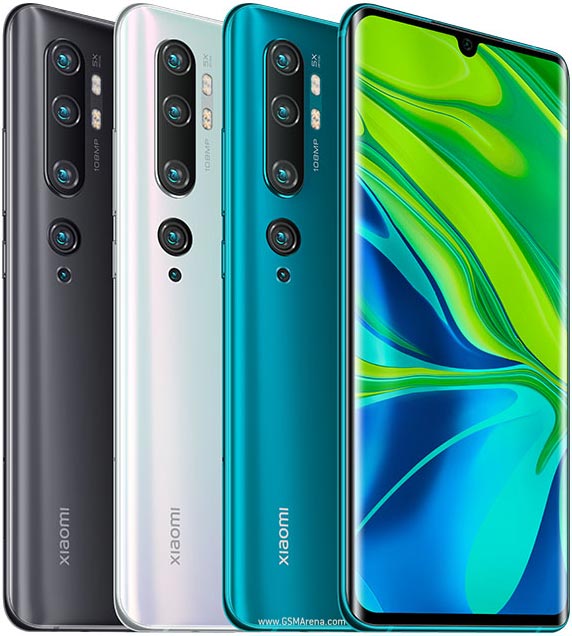
The standard shooting is full of detail; The 108-megapixels are mostly available. There is a slight sadness to those high-quality, conventional “AI” gun-assisted algorithm. However, I was impressed by the way they continued to look, and how different they were in the 27-megapixel images.
The state of the images depends on high resolution, in rich color. Great looking look, not a neutral one. But the gun taken with the Mi Note 10 is always tasty and engaging.
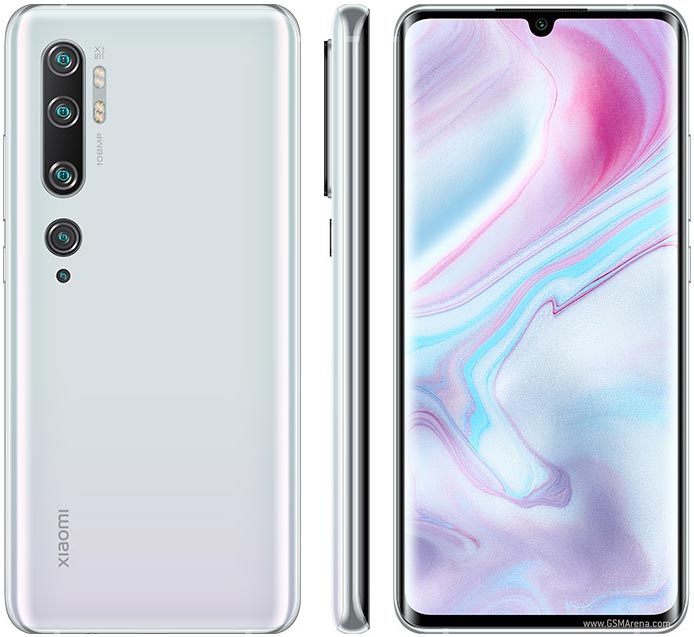
The camera is also unusually good at dealing with the light levels of deceptive scenes such as sunburn, and it often skips the natural blue scenes below the mid-range phone cameras I used in 2019.
The 108-megapixel Mi Note 10 photos tend to display a lot more purple color than the 27-megapixel photos. However, this type is reasonable when you consider that integrating pixels should further increase its ability to increase such distortion. In addition, I noticed only a purple haze when approaching the photos.
I’ve been impressed with most of the other cameras that appear after the Mi 10. There is a 2x zoom, a 3x zoom lens for the phone plants to 5x images, Ultra-wide, and a dedicated macro.
The biggest macro-sensitivity is the actual “dud”. I took a trip to the park with the Xiaomi Mi Note 10 during testing to see if it took a better zoom than the 5x zoom or 108-megapixel route. In almost all cases I was able to get better results on other cameras, to cut closer.
Close focus is the main benefit of a large camera. Also, unlike many of these mini-macros, they have autofocus. However, since the sensor is a junk 2-megapixel resolution, it actually can’t provide too much detail, or be completely focused.
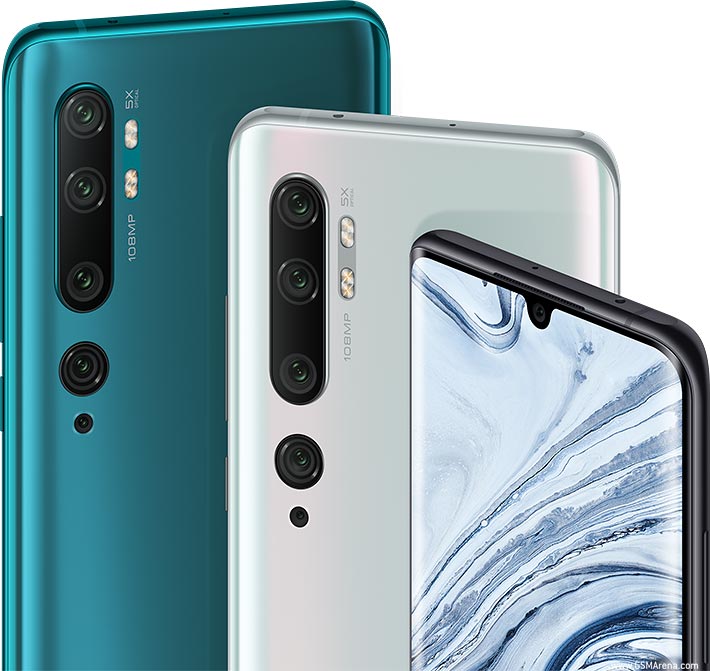
You get very good data such as macro using the main camera
It works with macro remedial shooting, where you want to get closer and have a depth of almost identical fields. But for capturing multi-level network data, it’s better.
Zoom results are much better. Most mid-range phones take 5x negative pictures. The Mi Note 10 captures the good, even if it is “cheating” and has a 3x, 8-megapixel sensor to access it. It sounds like a real traditional zoom, without the digital zoom of the zoom. I find this makes the camera fun to use and helps to relieve the frustration of its bitter feel.
Its top 20-megapixel camera is the same. You don’t see quality disposals on some mid-range phones, and in the end, you will end up using it a lot.
Night image quality is a bit of a mixed issue. Shooting using auto mode and the Xiaomi Mi Note 10 captures images that do not properly reflect low light. The texture details increase dramatically when using night mode, and the shadows are magnified by the darker image. Not as good as the Pixel 3a XL’e nighttime shots, but good enough.
And after all the complaints about speed, Night Mode doesn’t take long to shoot – just a few seconds. It is still pending processing after the shooting, but it is the disclosures that stop you from your business.
The Xiaomi Mi Note 10 does not remotely power the 108-megapixel sensor video. Samsung said it can shoot 6K video, but the phone goes out at 4K, 30 frames per second. Why? It’s a difficult processor for the Snapdragon 730G processor, according to Qualcomm.
Xiaomi made good use of this 108 megapixel sensor, but we may have seen it take advantage of other phones.
However, various video performance is good otherwise, as you can shoot using any of the cameras. And since 2x and 5x views all have the intensity of light, it works.
There is one emerging point of measurement. What’s the point of having 2x and 3x zoom lenses on a phone and having a 108-megapixel 1x camera? Proper use of software can eliminate the need for one of these cameras.
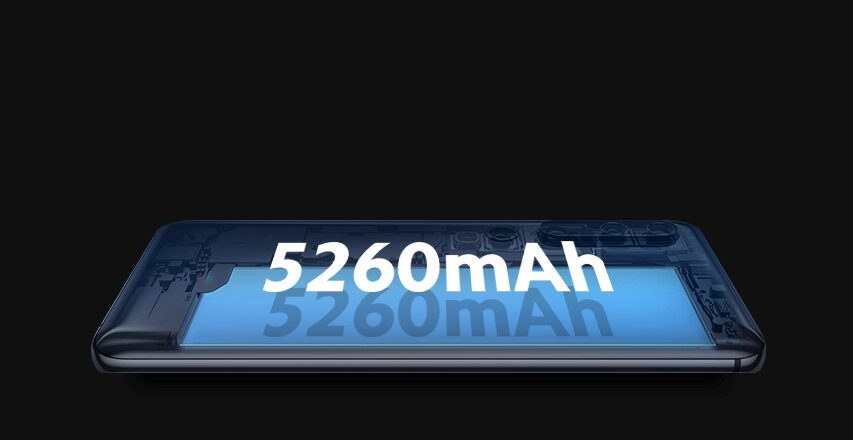
Xiaomi Mi Note 10 battery
a capacity that enables you to easily outdo your competitors
The Xiaomi Mi Note 10 may sound like a hugely humorous battery – it weighs 5260mAh. This is great for any phone, especially one with a 1080p 6.47in screen.
The battery lasts well, although in my experience it was not close to the Oppo A9 2020 I tested recently. The energy level left at the end of the day fluctuates between 30% and 50%; It is enough to give those who abuse their phones all-day comfort. But when you hear that the Mi Note 10 has a 5260mAh battery, you can expect two days of solid use between each case.
While this is not the thing I have seen, the Xiaomi Mi Note 10 still sounds good in use, including most of those in the $ 800-1000 price tag.
Should I buy the Xiaomi Mi Note 10?
Xiaomi Mi Note 10 is a great phone that, like most Xiaomi handsets, is reasonably priced. The invested hardware quality is good – or even better for the camera situation. The 108-megapixel camera is impressive, as does the quality of its zoom images.
However, this in hand is lacking in polish. The camera is slow, it’s not a very attractive phone despite all that glass bent, and the performance of the fingerprint scanner is not bad.
However, despite all its shortcomings the Mi Note 10 is still a decent phone that offers image flexibility like the Huawei P30 Pro.

Xiaomi Mi Note 10 SPECIFICATIONS
| NETWORK | Technology | GSM / HSPA / LTE |
| 2G bands | GSM 850 / 900 / 1800 / 1900 - SIM 1 & SIM 2 | |
| 3G bands | HSDPA 800 / 850 / 900 / 1700(AWS) / 1900 / 2100 | |
| 4G bands | LTE band 1(2100), 2(1900), 3(1800), 4(1700/2100), 5(850), 7(2600), 8(900), 18(800), 19(800), 20(800), 26(850), 28(700), 38(2600), 40(2300) | |
| Speed | HSPA 42.2/5.76 Mbps, LTE-A (3CA) Cat15 800/150 Mbps | |
| LAUNCH | Announced | 2019, November |
| Status | Available. Released 2019, November | |
| BODY | Dimensions | 157.8 x 74.2 x 9.7 mm (6.21 x 2.92 x 0.38 in) |
| Weight | 208 g (7.34 oz) | |
| Build | Glass front (Gorilla Glass 5), glass back (Gorilla Glass 5), aluminum frame | |
| SIM | Dual SIM (Nano-SIM, dual stand-by) | |
| DISPLAY | Type | AMOLED capacitive touchscreen, 16M colors |
| Size | 6.47 inches, 102.8 cm2 (~87.8% screen-to-body ratio) | |
| Resolution | 1080 x 2340 pixels, 19.5:9 ratio (~398 ppi density) | |
| Protection | Corning Gorilla Glass 5 | |
| 600 nits max brightness (advertised) | ||
| DCI-P3 | ||
| HDR10 | ||
| Always-on display | ||
| PLATFORM | OS | Android 9.0 (Pie); MIUI 11 |
| Chipset | Qualcomm SDM730 Snapdragon 730G (8 nm) | |
| CPU | Octa-core (2x2.2 GHz Kryo 470 Gold & 6x1.8 GHz Kryo 470 Silver) | |
| GPU | Adreno 618 | |
| MEMORY | Card slot | No |
| Internal | 128GB 6GB RAM | |
| UFS 2.0 | ||
| MAIN CAMERA | Five | 108 MP (7P lens), f/1.7, 25mm (wide), 1/1.33", 0.8µm, PDAF, Laser AF, OIS |
| 12 MP, f/2.0, 50mm (telephoto), 1/2.55", 1.4µm, Dual Pixel PDAF, Laser AF, 2x optical zoom | ||
| 5 MP (upscaled to 8MP), f/2.0, (telephoto), 1.0µm, PDAF, Laser AF, OIS, 5x optical zoom | ||
| 20 MP, f/2.2, 13mm (ultrawide), 1/2.8", 1.0µm, Laser AF | ||
| 2 MP, f/2.4, (macro), 1/5.0", 1.75µm | ||
| Features | Quad-LED dual-tone flash, HDR | |
| Video | 2160p@30fps, 1080p@30/60/120/240fps, 720p@960fps | |
| SELFIE CAMERA | Single | 32 MP, f/2.0, 26mm (wide), 1/2.8", 0.8µm |
| Features | HDR | |
| Video | 1080p@30fps | |
| SOUND | Loudspeaker | Yes |
| 3.5mm jack | Yes | |
| 24-bit/192kHz audio | ||
| COMMS | WLAN | Wi-Fi 802.11 a/b/g/n/ac, dual-band, Wi-Fi Direct, hotspot |
| Bluetooth | 5.0, A2DP, LE, aptX HD | |
| GPS | Yes, with A-GPS, GLONASS, GALILEO, BDS | |
| NFC | Yes | |
| Infrared port | Yes | |
| Radio | FM radio | |
| USB | 2.0, Type-C 1.0 reversible connector | |
| FEATURES | Sensors | Fingerprint (under display, optical), accelerometer, gyro, proximity, compass |
| BATTERY | Non-removable Li-Po 5260 mAh battery | |
| Charging | Fast charging 30W, 58% in 30 min, 100% in 65 min (advertised) | |
| USB Power Delivery | ||
| MISC | Colors | Aurora Green, Glacier White, Midnight Black |
| Models | M1910F4G | |
| SAR | 1.19 W/kg (head) 1.18 W/kg (body) | |
| SAR EU | 1.11 W/kg (head) 1.39 W/kg (body) | |
| Price | $ 419.00 / € 399.00 / £ 374.00 | |
| TESTS | Performance | AnTuTu: 213566 (v7), 256717 (v8) |
| GeekBench: 6737 (v4.4) | ||
| GFXBench: 15fps (ES 3.1 onscreen) | ||
| Display | Contrast ratio: Infinite (nominal) | |
| Camera | Photo / Video | |
| Loudspeaker | -29.6 LUFS (Average) | |
| Audio quality | Noise -92.3dB / Crosstalk -89.7dB | |
| Battery life | Endurance rating 95h |




